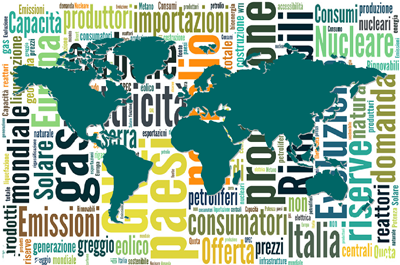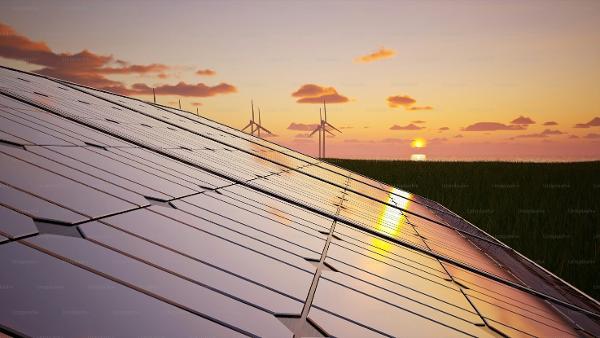Over the past few years Spain has become the top performer in terms of Power Purchase Agreements (PPAs). These are contracts of electricity transactions between a renewable energy provide and a consumer, generally a corporation or a public utility. According to a recent report by Pexapark for 2023, and for the fifth consecutive year, the country tops the European league PPA table, ahead of Germany and Italy, in terms of both number of deals and the volume of contracted capacity. Thus, Spain makes for nearly 30% of the total capacity agreed in the PPAs concluded in Europe last year.
The trend may have relevant implications for the competitiveness of the Spanish economy. Electricity prices are relatively low in Spain, partly owing to the availability of a large supply of relatively cheap renewable energy. This, together with low labour costs, may help explain the positive economic performance of recent years. Spanish exports of goods and services as well as inward foreign direct investment have behaved impressively, despite the difficult global conditions, underlining the strong competitive edge. And PPAs, as key drivers of energy price stability and investment in new energy capacity, may help consolidate this position even further.
There are a number of factors which explain the strong appetite for PPAs in Spain. First, the cost of renewable energy is low vis-à-vis market prices –a gap which in and of itself provides a negotiation incentive, as both suppliers and clients will be better off with an agreement than in its absence. Available information suggests that prices of a typical PPA in Spain are significantly lower than the EU average (around 41 euro/MWh versus 62).
Second, the Spanish government has launched ambitious plans to boost the supply of renewable energy and related infrastructure, thereby leading to a further prospective cut in electricity costs. The official goal by 2030 is to produce at least 81% of electricity from renewable sources, up from around 50% today. Such an expansionary public policy is facilitated by the availability of natural resources, in terms of solar exposition, windy weather and maritime coast. Another crucial factor is space availability: Spain is one of the least densely populated countries in Europe, which makes it possible to install extensive renewable energy farms in many parts of its territory.
Another important public policy development is the provision of incentives to invest in green hydrogen, funded from the Next generation EU programme. The expectation is that this will help improve electricity storage capacity and thus address the main weakness of solar and wind energy which is its unreliability. It however remains to be seen whether such a technology can lead to the expected results in a reasonable time horizon.
Third, the green transition has become a major goal for many corporations, notably large ones with demanding sustainable development goals, as well as for energy producers themselves. Likewise, Spanish banks have been encouraged to look at the environmental footprint of their credit policy in order not to be overly exposed to stranded assets. All these actors may therefore be interested in PPAs that provide Guarantees of Origin that can certify the source of the energy which is being consumed.
There is also scope for increasing the coverage of PPAs to small businesses in sectors where pooling strategies are feasible. This has started to happen in Spain through several multi-buyer PPAs, such as in the fashion industry.
Looking forward, maintaining the same PPA dynamism will be challenging. The risk of price “cannibalisation” is a case in point. This happens when the supply of renewable energy exceeds demand to the point that prices crash of even become negative (producers having to pay consumers), making PPAs less attractive or even unviable. This not a theoretical issue. For instance, over the last month weather conditions have made it possible to increase the supply of renewable energy significantly, yielding a prolonged period of near zero prices. If this situation persists, the room for concluding new PPAs will narrow significantly. True, greater flexibility in government subsidies and carbon emission strategies may help cushion this risk, without however entirely suppressing it.
Another potential development which may help cushion cannibalisation risks is the expansion of demand, notably in the transportation sector. Though a major producer of cars, Spain has been lagging in terms of demand for electric vehicles. To the extent that the obstacles to this market can be tackled (high prices, limited infrastructure such as charging points), demand may rise and be mobilised at peak supply times so as to alleviate the threat of overly low returns to electricity production.
In sum, the case of Spain is suggestive of the relevance of PPAs as part of the energy transition strategy. Useful as it is, however, this instrument cannot on its own address some of the main stumbling blocks in this transition, namely the unreliability of renewable sources of energy, slow technological progress for boosting storage capacity and insufficient progress in other parts of the strategy, notably electric vehicles.




















